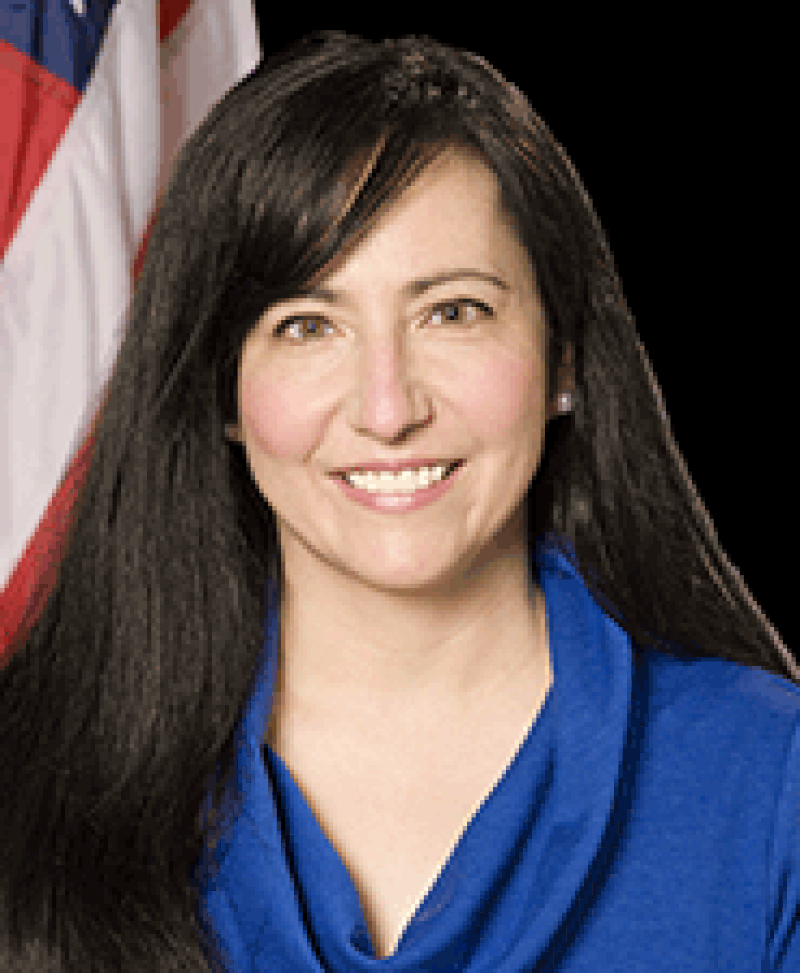In this column, DeKalb County Commissioner Nancy Jester explains why she supports efforts to amend the state constitution to allow new school districts. Jester is a former school board member in DeKalb
By Nancy Jester
Recently, I ran into a fellow Republican for whom I have tremendous respect. We talked politics, the state Legislature, and education in Georgia. As always, he was interesting and insightful. While we shared many views, I came away knowing that on some issues of vital importance to the students and taxpayers of our state, relevant data on the operations of education in Georgia are not widely distributed and commonly understood.
Credit: Maureen Downey
Credit: Maureen Downey
Our state constitution mandates that, “the provision of an adequate public education for the citizens shall be a primary obligation of the State of Georgia.” Additionally, the constitution limits the number of school districts to 180 (159 county districts plus 21 grandfathered city districts).
Georgia’s leaders and policy makers should be asking if the very school district structure that is hard coded into our state constitution is serving us well. They should be seeking to maximize student achievement and be concerned with the return on investment for each dollar of public spending. Are academic results maximized and expenses kept in check with properly sized school districts?
Now, no matter what circumstances change, we are locked into the same 180 delivery vehicles – school districts – for education. There is clear and compelling evidence that educational outcomes for students and the cost to deliver education are affected by the size of the school district in which they attend.
Elected officials and policy wonks should rejoice there is clear alignment between getting the best results for children and protecting the taxpayers’ wallets.
So, what does the evidence tell us? Based on studies from multiple states (Washington, Ohio, California, Michigan, and Nevada) we know that larger school districts have a negative effect on student achievement and produce higher costs per pupil than smaller districts. The effects on achievement are even more profound for students in poverty.
- In a study from the state of Washington: "…large district size is detrimental to achievement…and it strengthens the negative relationship between school poverty and student achievement."
- A 1999 California study found: "Controlling for characteristics of the student population and other environmental factors, including class and school size, district size appears to hinder educational achievement..."
- An Ohio study concluded: "After reviewing previously conducted studies and our own analysis on district size and student performance, we conclude that increasing district size has a negative effect on student achievement. Increasing district size produces a statistically significant decrease in the percentage of students who pass the math section of Ohio achievement tests."
- Michigan 2007: "Based on the model developed for this paper, the most cost-effective size for school districts in Michigan is roughly 2,900 students. Both smaller and larger districts are likely to spend more per pupil, other things being equal."
- Nevada 2004: "What recent studies strongly suggest is that size does matter, and that students, teachers, parents and taxpayers are all better off where school districts are smaller in size. A surprisingly robust body of academic literature now concludes that negative impacts of large school districts outweigh the positive."
- In Georgia, the 25 districts with the lowest per pupil costs outperform the districts with the highest per pupil costs in achievement metrics by 7 percentage points. The top four largest districts (representing 28 percent of all students in the state) are not among the 25 districts with the lowest per pupil costs. In fact, Georgia's largest districts are sprinkled throughout the per pupil cost distribution. There appears to be no correlation in per pupil cost and district size.
It is clear that if we are to have a serious discussion about improving the educational lives of Georgia’s children, it must include changing the limitations on the number of districts that are permitted in this state. This discussion should unite everyone who is interested in improving achievement, increasing resources for teachers, mitigating the effect of poverty on children, and protecting the taxpayer.
The only people who should oppose the formation of new, smaller school districts are the bureaucrats, lawyers, and lobbyists that have benefited from their control of this power structure.
In the next legislative session, there will be an effort to allow Georgia to form smaller districts by allowing cities to create new school districts. I view this as one important step in the right direction when dealing with school district size.
It will be interesting to see how the forces of status quo defend against this existential threat. It will be more interesting to see how legislators respond to the facts. Who will stand for students, teachers, and taxpayers?
And who will stand for the status quo? We’ll find out in January.







